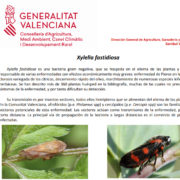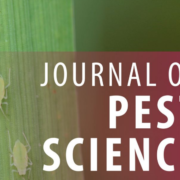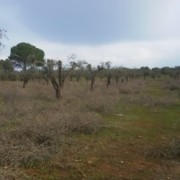Economic impacts of Xylella fastidiosa on the Australian wine grape and wine-making industries
Australian Bureau of Agricultural and Resource Economics and Sciences (ABARES)
Authors
Xylella fastidiosa is a bacterium that affects many plant species around the world (Figure 1). In Brazil it infects an estimated 200 million citrus trees. In California, it causes over $100 million in yearly losses to the grape industry. And in Italy, around one million olive trees are estimated to be infected on the peninsula of Salento. In Australia, it has been listed as number one on the National Priority Plant Pest List. There is no cure for the disease—which blocks xylem cells (Figure 2), disrupts water flow and slowly kills affected vines in 1-5 years (Figure 3).
Recent outbreaks of X. fastidiosa in Europe prompted Australia’s biosecurity authorities to introduce emergency measures in late 2015 to reduce the risk of an incursion. As part of the heightened preparedness, the Department of Agriculture and Water Resources’ Plant Biosecurity Division requested ABARES to assess the economic impacts of a potential X. fastidiosa outbreak on the wine grape and wine-making industries in Australia.
Although this study focused on the Australian wine industry, the modelling framework could be adapted to other perennial crops susceptible to Xylella, including: horticultural crops (such as cherries, citrus, nuts, olives and summer fruit), native trees, amenity trees, forests and grasses.
Published on November 28, 2017 by ABARES.









